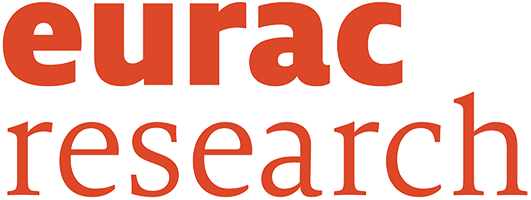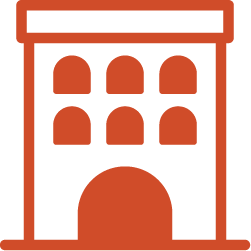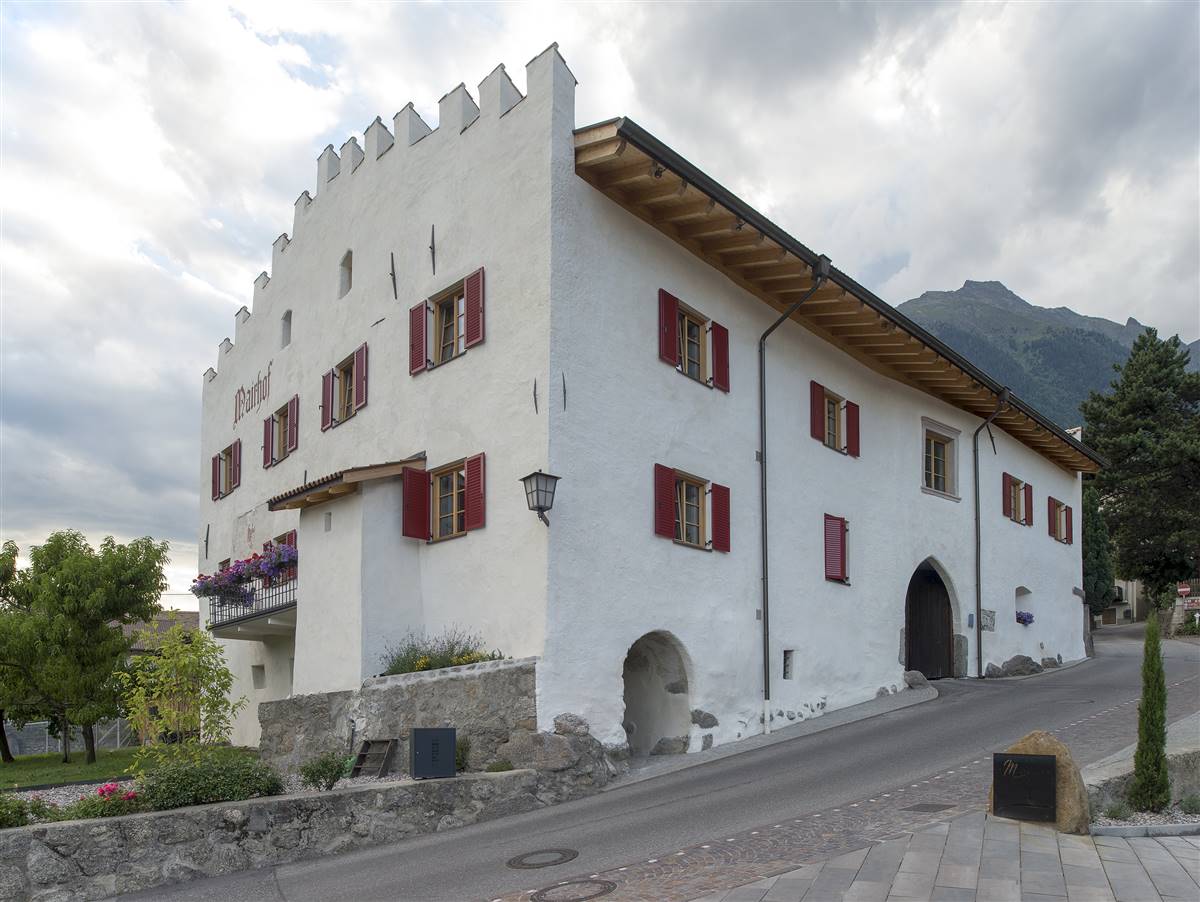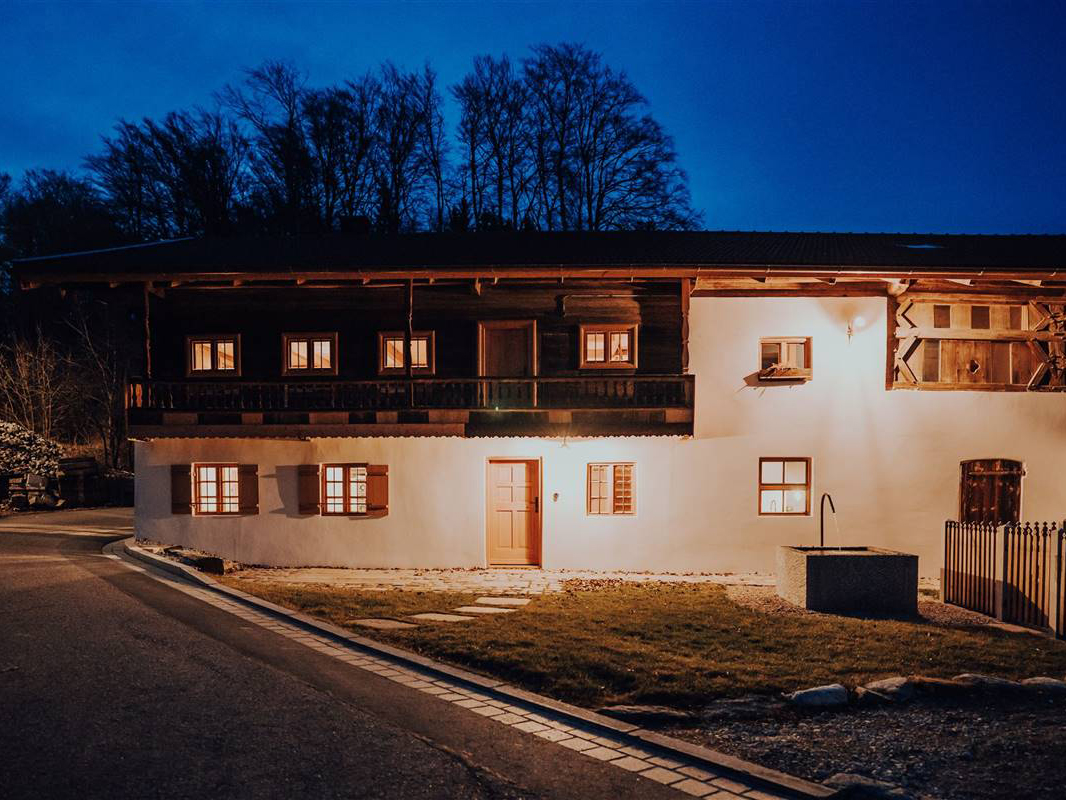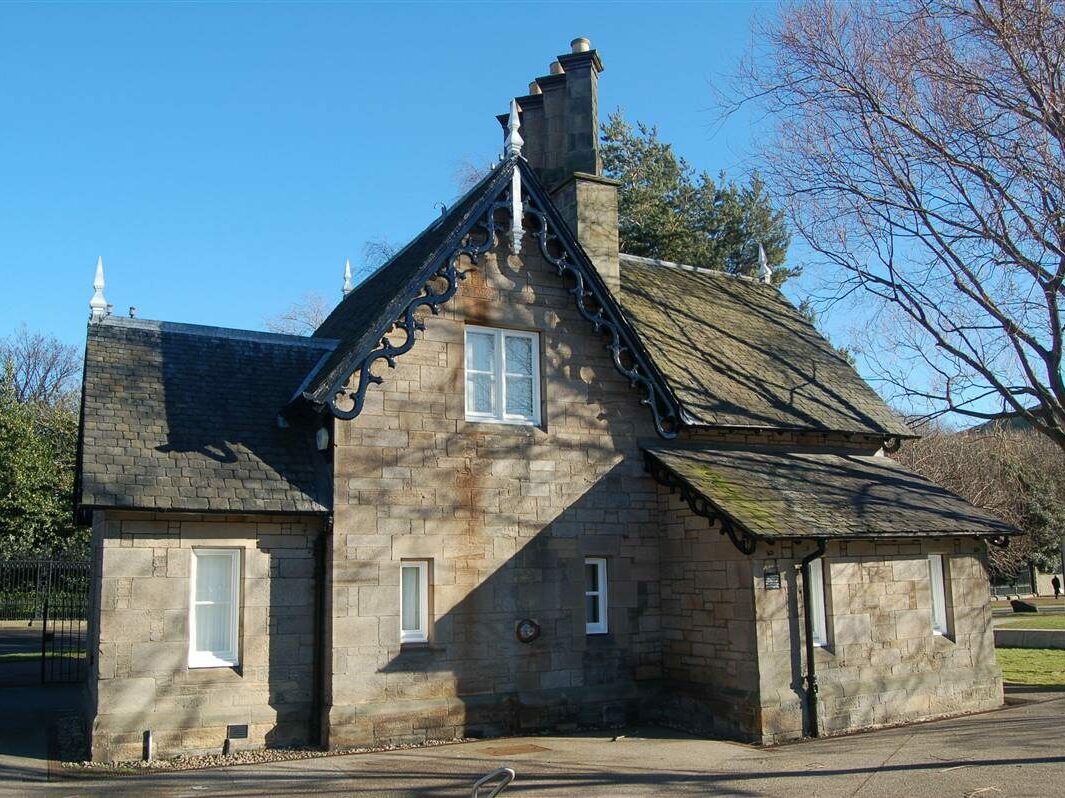
Built Heritage
Friday 16 Apr 2021
09:104800">10:30 Parallel sessions – round 1
Design support methods, tools and certification in the energy retrofit of historic buildings - II
Chair: Valentina Marincioni
Co-Chair: Marco Larcher
Presenters:
- 334 – Dolzani, Carlotta
CasaClima R: a protocol for energy refurbishment supported by verification tools
Read the paper - 363 – Arfvidsson, Jesper
A method for status determination and risk assessment of energy measures in of historical buildings
Read the paper - 353 – Ni, Zhongjun
Improving energy efficiency while preserving historic buildings with digital twins and artificial intelligence
Read the paper - 404 – Ruschi, Maria
Cross information and BIM interoperability tools for energy retrofit analysis
Read the paper
Preservation and enhancement of cultural landscapes towards a low-carbon built environment
Chair: Natalie Essig
Co-Chair: Franziska Haas
Presenters:
- 403 – Elbardisy, Abdelrahman
Sustainable refurbishment of abandoned urban areas: the case study of former SIAPA area, Galliera – Bologna, Italy
Read the paper - 432 – Balest, Jessica
Materiality, meanings, and competences for historic rural buildings: a social practice approach for engaging local communities in energy transition
Read the paper - 420 – Smith, Oliver
Squaring the Circle
Read the paper - 375 – Harvey, Claire
Stakeholders’ perspectives on energy related Smart City technologies: POCITYF’s standpoint
Read the paper
10:301200">10:50 Meet & Greet – morning
Virtual Networking Space
Meet the speakers and other participants! Talk with experts from all over the world and discuss about new exciting project ideas.
11:003600">12:00 Keynote 3
Margarethenhöhe goes towards low-carbon area: sustainable concepts for energy-efficient built heritage
Prof. Harald Garrecht
Prof. Garrecht will provide insight on the project’s comprehensive approach, taking into consideration legal, structural, and technical aspects. Particular attention will be given to the inclusion of renewable energy and digital components, as well as monitoring practices used to validate theoretical models and the results obtained by means of numerical simulations.
12:002400">12:40 Parallel sessions – round 2
Design support methods, tools and certification in the energy retrofit of historic buildings - II
Chair: Lisanne Havinga
Co-Chair: Dario Bottino
Presenters:
- 408 – Gori, Virginia
Assessing the role of simulation tool selection for the evaluation of heat and moisture balance in historic buildings
Read the paper - 439 - Larcher, Marco
Using hygrothermal simulations to define safe and robust energy retrofit solutions: interior insulation of a mountain hut with extreme climate condition
Read the paper
In-depth analysis of traditional practices for adaptation to a low-carbon built heritage
Chair: Alexandra Troi
Co-Chair: Franziska Haas
Presenters:
- 396 – Leonardi, Eleonora
Water absorption characterisation of historic plasters. Comparison of different methodologies in a case study in Tyrol, Austria
Read the paper - 362 – Genova, Enrico
Integrating thermal and mechanical characteristics of historic masonry categories: development of a Sicilian database
Read the paper
13:404800">15:00 Parallel sessions – round 3
Best practice examples - II
Chair: Walter Hüttler
Co-Chair: Alexandra Troi
Presenters:
- 350 – Essig, Natalie
Sustainable Historic Architecture in Rural Areas – Concept of a Sustainable and Low carbon Retrofit of a Bavarian Farm House
Read the paper - 354 – Hanan, Ibrahim
Evaluation of A Retrofitted Heritage Building in Downtown Cairo as a Best Practice Example
Read the paper - 427 – de Place Hansen, Ernst Jan
Deep renovation of an old single-family house including application of an water repellent agent – a case story
Read the paper - 443 – Antolín Gutiérrez, Javier
Energy efficiency for a historic market: the case study of the Mercado del Val
Read the paper
Performance upgrading and re-use of buildings for a low-carbon built heritage
Chair: Daniel Herrera
Co-Chair: Antonello Durante
Presenters:
- 340 – Drössler, Eckart
Building culture or can it go away? Renovation pilots can help…
Read the paper - 364 – Aboulnaga, Mohsen
Sustainability Assessment of restored historic buildings — Case study of Baron Empain Palace in Heliopolis, Cairo, Egypt: Representation analysis of the building and site
Read the paper - 405 – Vite, Clara
A reactivation project of a district of the historical centre of Genova
Read the paper - 368 - Dalel, Kaoula
Limitation of the environmental impacts of a heritage hotel building by life cycle analysis (LCA)
Read the paper
15:001200">15:20 Meet & Greet – afternoon
Virtual Networking Space
Meet the speakers and other participants! Talk with experts from all over the world and discuss about new exciting project ideas.
15:201200">15:40 Closing remarks and awards
Closing remarks and awards
Chair: Alexandra Troi
Co-chair: Daniel Herrera
VIRTUAL NETWORKING SPACE

Meet the speakers and other participants! Talk with experts from all over the world and discuss about new exciting project ideas.
The virtual networking space is provided by Airmeet. Never used It? Here is a guide that will help you take your first steps.
The virtual networking space is accessible for the whole duration of the conference. Please note that technical support will be provided until 18.00h.
CASE STUDIES OF THE DAY
Discover the three case studies of the day selected for you by the SBE21 Heritage Team and visit the HiBERatlas (Historic Building Energy Retrofit Atlas) to discover other best practice renovation projects.
The HiBERatlas database of exemplary energy efficient interventions in historic buildings is open to contributions from architects. Want to share your renovation project? Please read the conditions.
1 / Ansitz Mairhof – Italy
The rural house is characterised by its crenellated gables on the narrow sides, net vaulted corridors on ground and upper floor, as well as original “Stuben” and wooden ceilings with over 800 year old beams. The farm was awarded with the ITAS prize in 2018 for its first-class retrofit measures…
2 / Sankt Christoph – Germany
The former farmhouse was built in 1779 and it was one of the first farmhouses to be listed as a monument in Bavaria. The aim was to renovate the former farmhouse in a monument protecting and energetic manner, without losing the character and the substance of the historic building…
3 / Holyrood Park Lodge – United Kingdom
This project was the thermal upgrade and general improvements to a Listed property in Edinburgh dating from 1858. It was a whole house approach where the retention of historic fabric was a priority. Good results have been obtained and an improved energy rating (EPC) has been achieved…
PLAN YOUR FIELD TRIP
Have you ever wondered how to renovate historic buildings to achieve high levels of energy efficiency while protecting their heritage significance at the same time? Come with us on a virtual tour of best-practice renovation examples! You can navigate through three different “EnerCulTours”, each of them dedicated to a specific theme:
- Farmhouses in South Tyrol (red route): Explore how the historic value and charm of an old farmhouse can be preserved and transferred to today’s quality of living.
- Solar energy in alpine historic buildings (green route): Explore solutions for photovoltaic or solar thermal systems integrated into the envelope of historic buildings.
- Industry, trade, and education buildings in Europe tour (blue route): Explore historic buildings once used for a particular purpose and see how they were given a new life.
Click on a building and read about its construction type, protection level, age, area and use as well as the refurbishment solutions adopted. The documentation is provided by the HiBERatlas, the best-practice database of exemplary energy efficient interventions in historic buildings.
